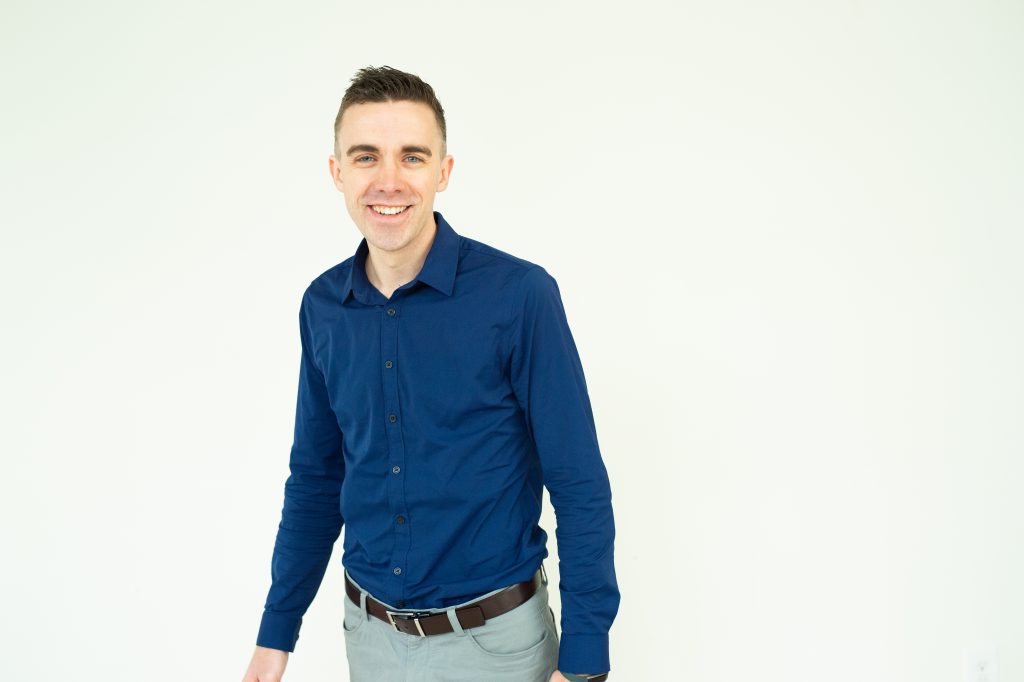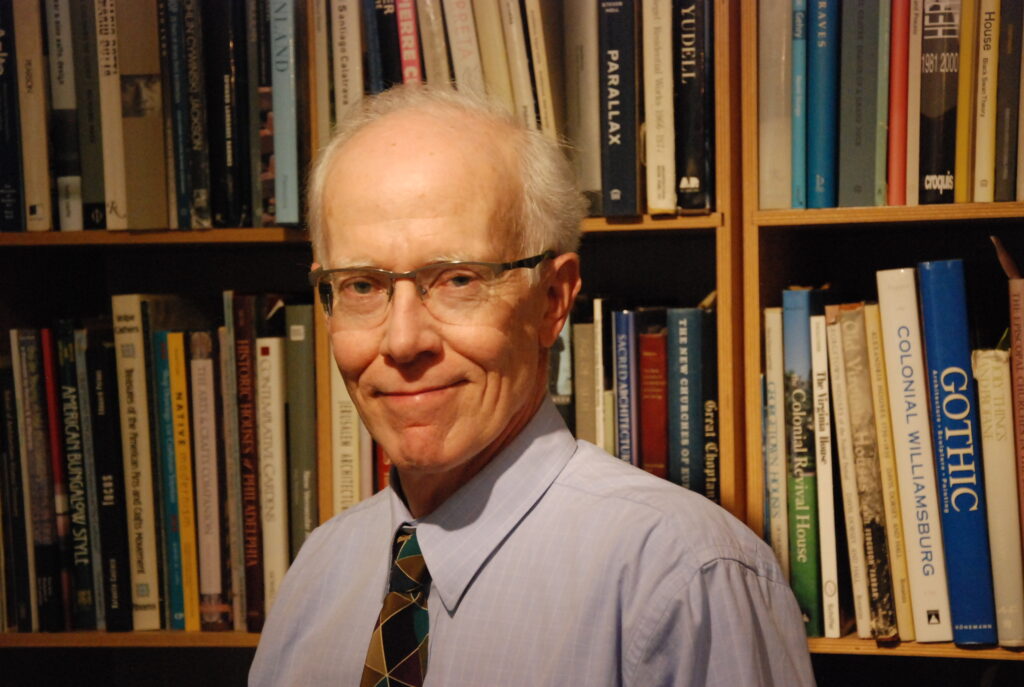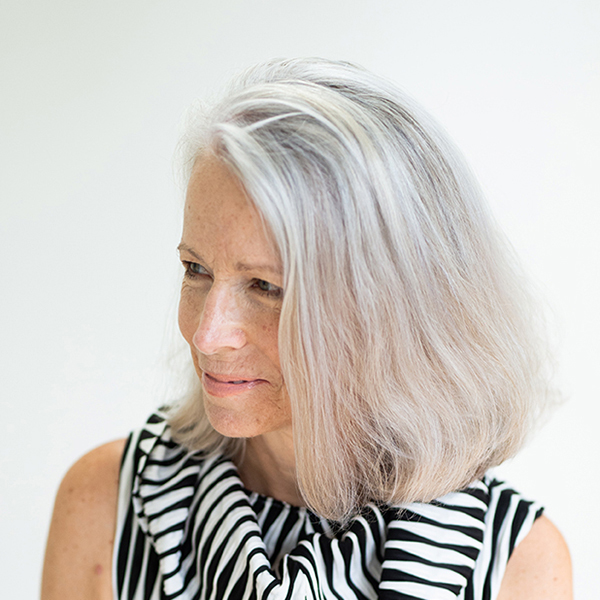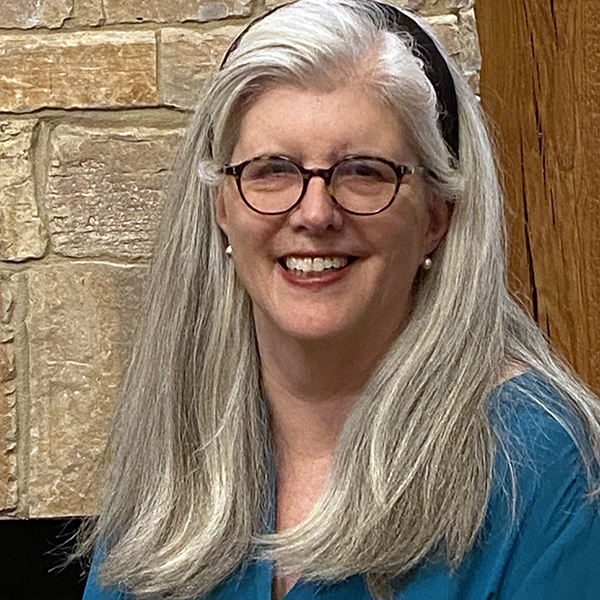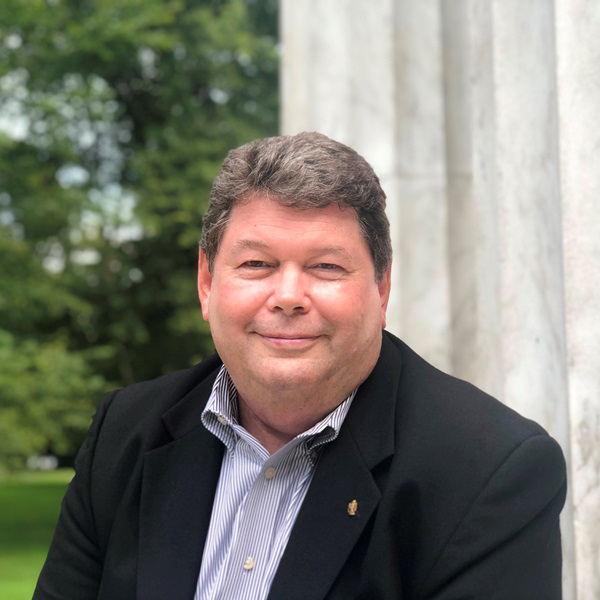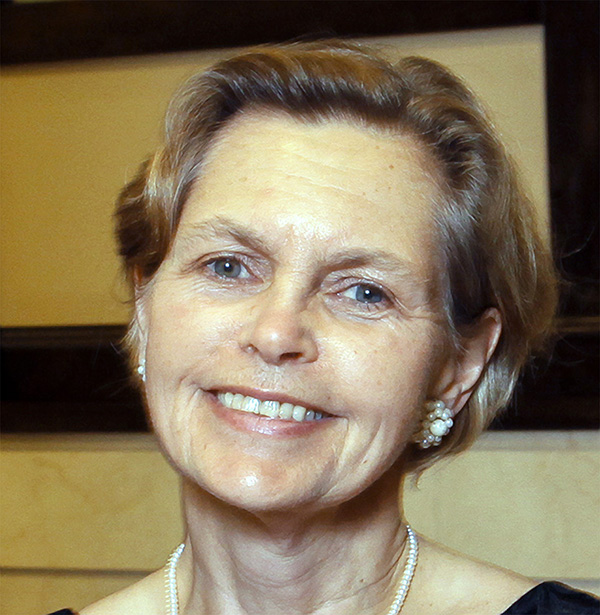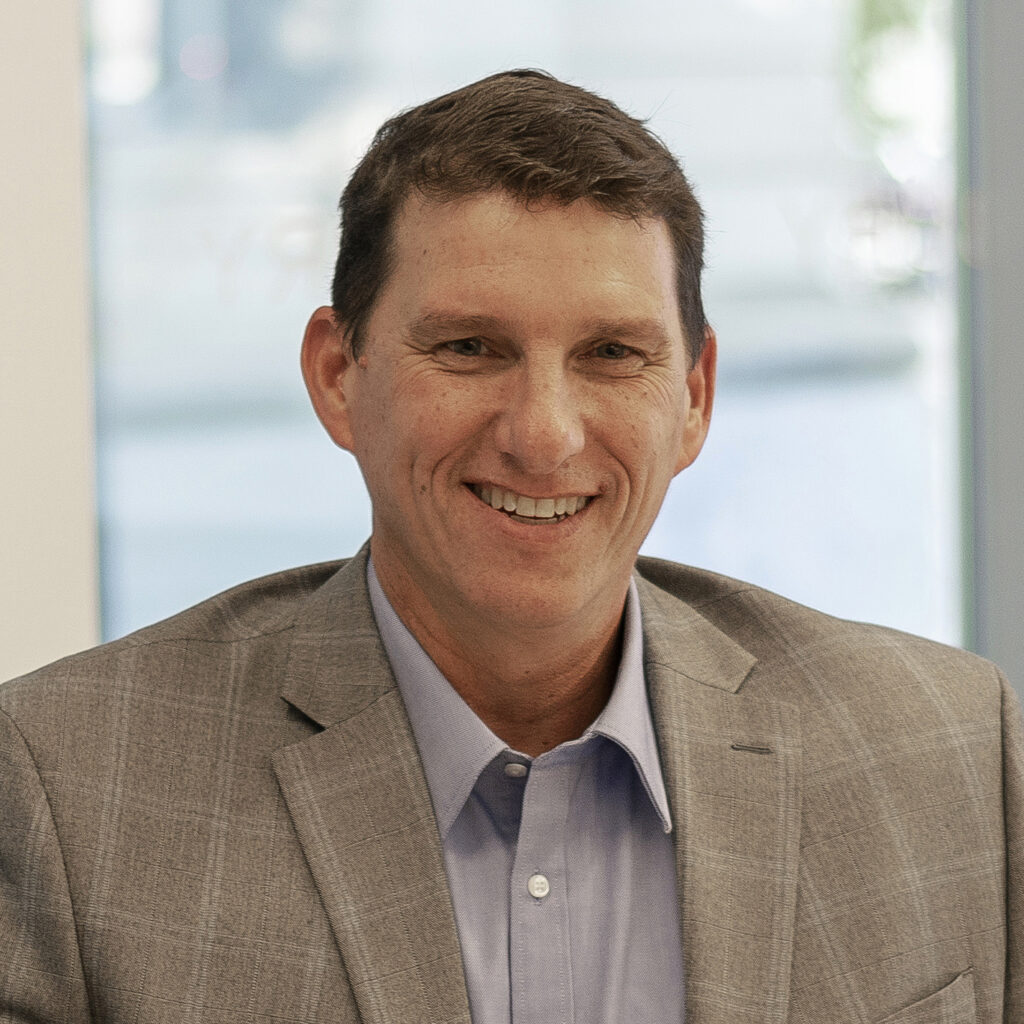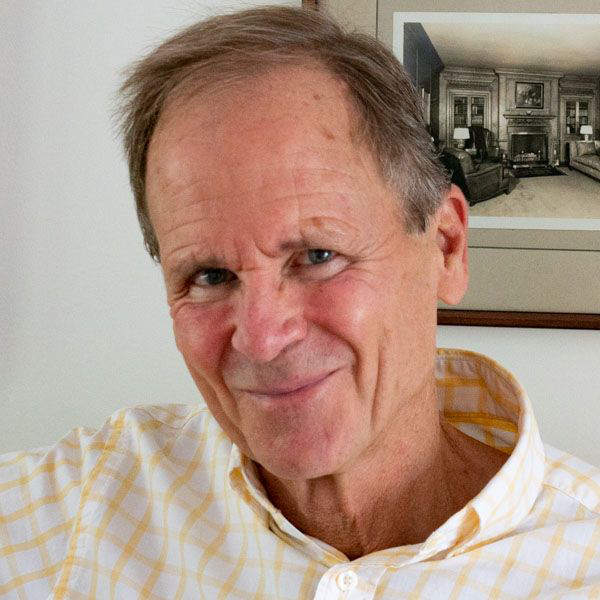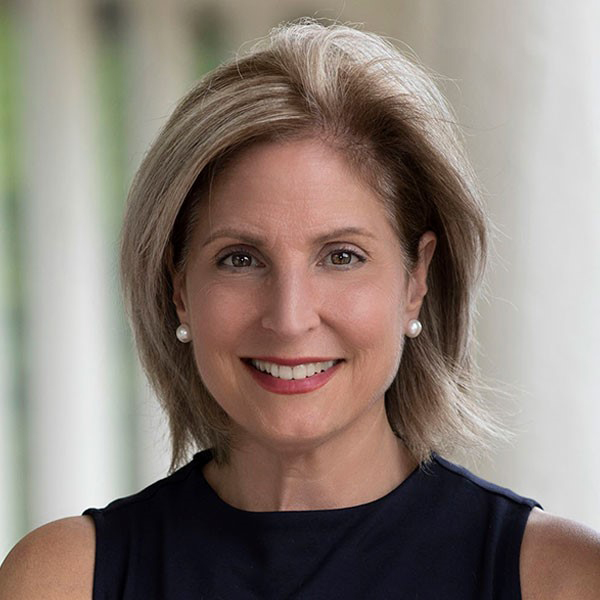The Meeting of the Roundtables [Small Firm, Mid-Size Firm, Large Firm, and Emerging Professionals] occurred on Thursday, February 25. The below captures the highlights of each conversation. Please plan to join us for the next session on May 27.
Large Firm Roundtable
Topic 1: Remote Work and Transitioning Back to the Office
- Employees have the choice on when to return to the office in person
- Some firms have purchased PPE for employees and performed deep cleaning for the office
- Many firms have requirements for masking when in common areas and moving throughout the office
- In general, firms have not imposed a requirement for employees to vaccinate
- It was noted that there are varying requirements for re-opening in different states, thus posing challenges for firms with multiple offices in the U.S.
- One firm leader shared how vaccinations are not embraced by everyone which will influence office policy development
- Some firms shared that productivity (measured as revenue per employee) has been high during this period of remote work
- Some firms classified 2020 as a “so-so” year in terms of financial performance
Topic 2: Justice, Equity, Diversity, and Inclusion
- The 21 Day Racial Equity Habit-Building Challenge by the American Bar Association was shared as a resource: https://www.americanbar.org/groups/public_contract_law/leadership/21-challenge/
- Firm leaders thought they should let the next generation take the lead on JEDI issues
- Some firm leaders are mentoring more than ever during the pandemic
- There was consensus that firm leaders need to understand our future generation as individuals, particularly minorities
- Some firms have established a J.E.D.I. Committee
- Firm leaders were encouraged to use Virginia NOMA as a resource.
Topic 3: Cultivating Emerging Professionals
- One firm leader indicated that emerging professionals were obtaining knowledge and advancing it on their own
- Firm leaders reported that it seemed emerging professionals in their firm missed the camaraderie of the office environment and desire to come back; however, are accomplishing a great deal from home
- It seems that conversations on EDI have flourished amongst this demographic
- There is a concern by some firm leaders if the development of some emerging professions is “falling through the cracks” in the remote work environment
- Some emerging professionals have risen as key players in contributing to firm vision and strategy during this time
- The question of how to grow the firm without growing the firm’s real estate was discussed
- It seems the vast majority of emerging professionals desire flexibility to work from home and the office
- Some firm leaders believe that the pandemic will change the culture of the profession; the office will likely become a destination for specific tasks opposed to pre-COVID times where the office was a place that you “go just to go”
Mid-Size Firm Roundtable
Topic 1: Remote Work and Transitioning Back to the Office
- There is a blend of approaches: some are working remotely, bringing in staff in shifts, and some are back in the office.
- Once teams are vaccinated, many envision returning to the office
- There seems to be adequate information about safe space planning.
- Some firms are offering incentives to encourage vaccination, paying for vaccinations, or providing time off. None were mandating vaccination as a requirement to return to work.
- Site meetings and construction administration have been flowing fairly normally. Some are hosting hybrid meetings or in-person meetings with 6-feet social distance and movement every 15 minutes. Many try to schedule meetings early or late in the day when fewer people will be onsite.
Topic 2: Justice, Equity, Diversity, and Inclusion
- One firm formed a diversity and inclusion council that is charged with reviewing all policies. They began with evaluating recruitment and legal and have been working for 6 months.
- Some have not adopted any J.E.D.I. initiatives
- Hiring/recruitment has been challenging
- One firm just hired several new team members. Another hired several new people in June right out of school and developed new virtual training/orientation methods to support them.
- One firm went through the JUST process which is posted on their website. They used the information like a report card and have implemented several new policies and practices as part of their continuous improvement efforts.
Topic 3: Cultivating Emerging Professionals
- Several firms are seeking to hire emerging professionals at this time.
- Shortly before the pandemic, one firm hired a student part-time. He has now graduated and is full time. Because the firm is not planning on hiring anyone else, he is advancing very quickly out of necessity.
- One firm hired several new graduates and has implemented regular virtual check-in meetings and virtual check-sets to help support them.
- There are a lot of people participating in ARE support sessions which is helping them to be well prepared for the test. One office just had a staff member pass the ARE.
- There was some discussion about mentorship programs in Seattle and New York. The group talked about the differences between mentorship and training as well as challenges of mentoring in a smaller firm.
- One firm is considering a more structured mentorship program and evaluating their existing methods. They have had some success with summer interns who are “attached at the hip” with a firm principal. This firm is back in person, so it is easier – to do this.
- Because of the virtual environment, one firm in creating more structure to their mentorship programming out of necessity.
- The group discussed the various challenges of having multiple partners with different styles.
- One firm matches each new hire with an in-house “mentor” who helps them on the job.
Small Firm Roundtable
Topic 1: Remote Work and Transitioning Back to the Office
- Some firm leaders shared that it is difficult to manage projects remotely as a small firm
- One firm has employees working in the office but seated 12’ apart with masks optional at one’s desk
- One firm requires clients to make an appointment before visiting the office; “walk-ins” are prohibited
- A firm leader stated that the company was so busy that they are turning down clients
Topic 2: Justice, Equity, Diversity, and Inclusion
- One firm made Martin Luther King Jr. day a paid holiday for staff. This day will eventually be made a day of service for the firm
- A firm leader shared that the company is being more intentional about casting a “wider net” in search of interns
- J.E.D.I. conversations take on a much different context in small firms; for example, firms with 3 to 4 people
- Several firms believed they could make a stronger impact with J.E.D.I. by serving the community (example projects mentioned: converting a church to a community center pro bono for a disadvantaged neighborhood, making oneself available to the Government as a contract vehicle, “Architects Anonymous” pro-bono services program]
Topic 3: Cultivating Emerging Professionals
- The group discussed AIA Virginia’s Amber Book ARE prep scholarships being sponsored by the Branch Museum of Architecture and Design
- The Chair of The Branch voiced opportunities for engagement with the 501c3
Emerging Professional’s Roundtable
Topic 1: Remote Work and Transitioning Back to the Office
- Overall, most firms have been supportive of the remote working arrangements
- Some reported that their teams have become more dynamic and flexible in their scheduling. The group appreciated that flexibility and most hoped that it would continue.
- Document review and redlines/mark ups have been challenging.
- The group discussed the various advantages and challenges with Blue Beam, Miro, and Mural
- Some discussed the challenges of remote work during the early career stage
- Most are still working remotely, though some are in the office.
Topic 2: Justice, Equity, Diversity, and Inclusion
- Some firms’ J.E.D.I. efforts have been disappointing or have seemed performative (rather than substantive and sustainable)
- The group discussed the challenges of bringing J.E.D.I. issues to firm leaders
- One firm is trying to identify information to see if there is unconscious bias in the review process
- The size of the firm seems to impact diversity; larger firms are (in general) while smaller firms seem less diverse
- There seems to be some level of “tokenism” in some firms
- AIA should reward/recognize/celebrate firms for genuineJ.E.D.I. efforts
- Michael Marshall – who has suggested a hiring diversity/staffing rating system like LEED was discussed.
- The group wondered how many firms are willing to sponsor visas for international applicants.
Topic 3: Cultivating Emerging Professionals
- It can be difficult to get the information/support that one would normally get when in the office
- It is difficult to build professional relationships within firms in a remote setting
- Some have felt like there is a lack of connection and communication in the virtual space.
- Despite good intentions by firm leaders, some are not feeling supported and don’t know how to ask for it.
- It is very hard to learn when personal or mentorship relationships are absent.
- Some were uncomfortable asking for things/support/help because they feel like firm leaders are doing them a favor by keeping them or offering more flexibility in scheduling
- “It feels like you should know what you’re doing, but you don’t — and you don’t know who to ask?”
- Being paired with a firm “mentor” (who you aren’t afraid to ask questions/ whose “job” it is to help you) has been a successful approach
- Some didn’t find out until several years into their architecture program that a Masters program was necessary to be licensed and that expensive testing was necessary (following a long internship/training process).

